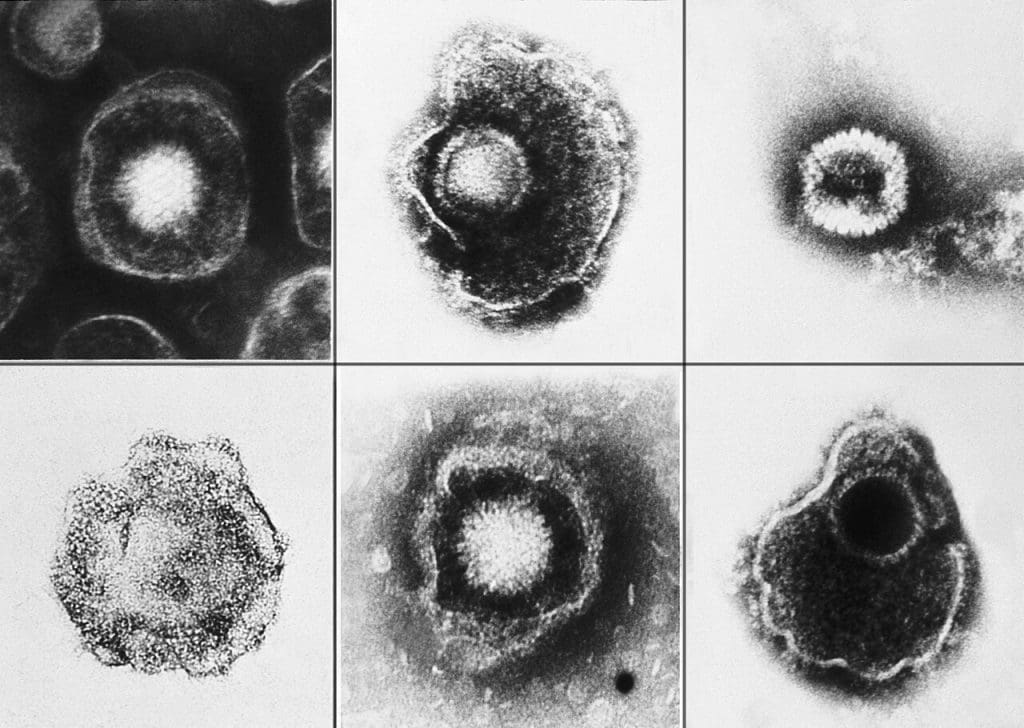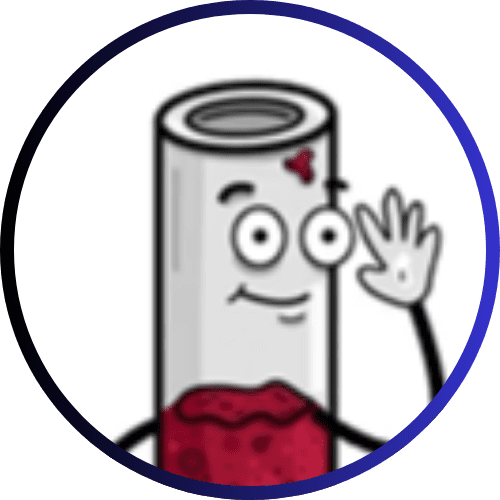Hamburg and G├Čttingen researchers discover nanobody against herpes virus
Researchers at the Leibniz Institute of Virology (LIV), the University of Hamburg (UHH), the University Medical Center Hamburg-Eppendorf (UKE) and the Max Planck Institute for Multidisciplinary Sciences in G├Čttingen have developed a mini-antibody that can neutralize the herpes simplex virus (HSV) at an early stage of infection. The findings, published in the journal Nature, could open up new avenues for the treatment and prevention of severe herpes infections, especially for newborns and immunocompromised individuals.
Worldwide, more than 40 million people are infected with the herpes virus every year, which occurs in two main forms: HSV-1, which usually causes cold sores, and HSV-2, which mainly causes genital herpes. About 60 percent of the world’s population carries HSV-1, while just under 20 percent suffer from genital herpes. The virus remains in nerve cells for life and can be reactivated in the event of stress or a weakened immune system. Herpes is usually unpleasant for healthy people, but for newborns and immunocompromised people it can have severe, sometimes fatal consequences, for example due to damage to the central nervous system. Current drugs are only effective for active infections and can neither be used preventively nor against latent infections.

The research team studied glycoprotein B (gB), which is crucial for the fusion of viral and cellular membranes. With the help of cryo-electron microscopy, it was possible to determine the high-resolution structure of the fusion-ready gB complex. In the process, the researchers discovered a nanobody obtained from alpacas that neutralizes gB in low concentrations. This mini-antibody binds to the fusion-ready form of gB and prevents its shape change, blocking membrane fusion and stopping infection. The nanobody is effective against both HSV-1 and HSV-2.
The nanobodies were created by immunizing an alpaca, with minimal stress on the animal. Specific nanobodies were isolated from a blood sample and produced microbiologically. The 3D structure of gB with the bonded nanobody, as well as pre- and post-fusion models, provided detailed insights into the neutralization mechanism. The technology platforms for cryo-electron microscopy and image analysis at the Centre for Structural Systems Biology (CSSB) in Hamburg were crucial for this.
The discovery offers great potential for the treatment and prevention of herpes infections. Nanobodies could not only complement existing infections, but also protect particularly vulnerable groups such as newborns, HIV-infected people or people with cancer and autoimmune diseases. For example, prophylactic administration to pregnant women with active herpes infection could prevent neonatal infections. A patent application for the further development of nanobodies for clinical applications has already been filed to create the basis for future therapies.
Original Paper
Vollmer, B.; Ebel, H.; Rees, R.; Nentwig, J.; Mulvaney T.; Sch├╝nemann, J.; Krull, J.; Topf, M.; G├Črlich, D.; Gr├╝newald, K.: A nanobody specific to prefusion glycoprotein B neutralises HSV-1 and -2. In: Nature
Editor: X-Press Journalistenb├╝ro GbR
Gender Notice. The personal designations used in this text always refer equally to female, male and diverse persons. Double/triple naming and gendered designations are used for better readability. ected.




